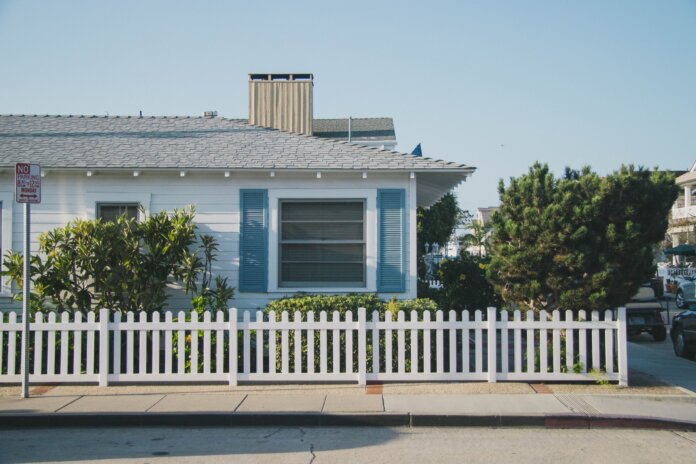First American Financial Corp.’s June 2022 First American Real House Price Index (RHPI) shows that real house prices increased 53.3% between June 2021 and June 2022. Real house prices increased 3.7% between May 2022 and June 2022.
“In June 2022, the Real House Price Index (RHPI) jumped up by 53.3 percent on an annual basis, setting a new record for the fifth month in a row for the fastest year-over-year growth in the more than 30-year history of the series. This rapid annual decline in affordability was driven by an 18.5 percent annual increase in nominal house prices and a 2.5 percentage point increase in the 30-year, fixed mortgage rate compared with one year ago,” ssaysaid Mark Fleming, chief economist at First American. “Even though household income increased an impressive 4.7 percent since June 2021, it was not enough to offset the affordability loss from higher mortgage rates and fast-rising nominal prices.”
Consumer house-buying power, how much one can buy based on changes in income and interest rates, decreased 2.8% between May 2022 and June 2022, and decreased 22.7% year over year. Median household income has increased 4.7% since June 2021 and 72.5% since January 2000.
“As affordability wanes, would-be buyers are pulling back from the market, reducing competition for homes and prompting annual house price appreciation to moderate. Nationally, annual house price growth peaked in March at nearly 21 percent, but has since decelerated slightly to a still-robust 18.5 percent in June,” continues Fleming. “However, the modest price deceleration is not a national phenomenon. While house price growth has slowed in all top 50 markets we track, the pace of moderation varies significantly by market.”
Real house prices are 32.9% more expensive than in January 2000. While unadjusted house prices are now 54.8% above the housing boom peak in 2006, real, house-buying power-adjusted house prices remain 6.4% below their 2006 housing boom peak.
“While all top 50 markets are pulling back from their respective peaks in price appreciation, some markets have decelerated faster than others. This chart shows annual house price appreciation at the 2021-2022 peak for each respective market, and the pace of growth in June 2022,” adds Fleming. “The markets are rank-ordered from the largest to the smallest percentage point difference between the recent peak for that market and the corresponding June 2022 house price appreciation rate.”
The five states with the greatest year-over-year increase in the RHPI are Florida (+75.6%), South Carolina (+63.7%), Georgia (+61.6%), North Carolina (+61.5%) and Arizona (+60.2%). There were no states with a year-over-year decrease in the RHPI.
“For example, the market with the strongest deceleration was Sacramento, Calif. In Sacramento, annual house price appreciation peaked in July 2021 at 23.5 percent, but has since slowed to 10.8 percent. The market with the smallest gap, on the other hand, was New York. House price appreciation in New York did not accelerate as fast as in other markets and was well below the national peak, only reaching 13 percent on an annual basis at its peak in May 2021 and it remains at nearly that same pace in June,” mentions Fleming. “The market with the slowest annual pace of price appreciation in June was San Francisco at 6.2 percent, down significantly from its July 2021 pace of 17.5 percent. Conversely, the market with the fastest pace of appreciation in June was Miami at nearly 33.8 percent, which is nearly the same pace as its peak of 34.4 percent in May 2022.”
Among the Core Based Statistical Areas (CBSA) tracked by First American, the five markets with the greatest year-over-year increase in the RHPI are Tampa, Fla. (+70.6%); Charlotte, N.C. (+69.8%); Raleigh, N.C. (+69.6%); Miami, Fla. (+68.4%); and Orlando, Fla. (+66.4%). Among the CBSAs tracked by First American, there were no markets with a year-over-year decrease in the RHPI.
“The record-breaking house price appreciation nationwide and across markets in 2021 and early 2022 was due to a supply and demand imbalance – too much demand, too little supply,” said Fleming. “There remains a structural and long-term national supply shortage in the housing market, but in some cities the pullback in demand is strong and inventory is rising faster, resulting in a greater moderation of house price growth.”
Image: Gustavo Zambelli on Unsplash











